Geometry and Dynamics in Heavy-Ion Collisions Seen by the Femtoscopy in the STAR Experiment
Author
| Adamczyk L. | AGH University of Science and Technology, Poland |
| Lednický Richard, promovaný fyzik DrSc. dr. h. c. | Institute of physics of the ASCR, JINR Dubna |
| et al. | different institutions |
Year
2019
Scientific journal
NUCLEAR PHYSICS A 982 359-362
Web
Abstract
The geometry and the dynamics of the particle-emitting source in high-energy heavy-ion collisions can be inferred via femtoscopy measurement. Two-particle correlations at small relative momentum exploit quantum statistics and the final-state interactions which allow one to study the space-time characteristics of the source of the order of 10(-15) m and 10(-23) s, respectively. The RHIC Beam Energy Scan (BES) program covers a significant part of the QCD Phase Diagram using collisions of Au nuclei at eight beam energies in the range from 7.7 to 200 GeV, covering the baryon-rich region, which can be studied via baryon femtoscopy. Thus, two-baryon measurements together with two-meson and meson-baryon correlations provide complementary information about the source characteristics.
In this proceedings, the STAR preliminary results on femtoscopic observables of various particle combinations of protons, pions and kaons from Au+Au collisions at BES energies are presented. Determining how the properties of the particle-emitting source depend on collision energy is an important step towards understanding the physics of heavy-ion collisions. The BES program provides the possibility to study the energy dependence of the source sizes for various collision centralities. In addition to the source size, the measurements of non-identical particle combinations provide information about space-time asymmetries in emission process.
In this proceedings, the STAR preliminary results on femtoscopic observables of various particle combinations of protons, pions and kaons from Au+Au collisions at BES energies are presented. Determining how the properties of the particle-emitting source depend on collision energy is an important step towards understanding the physics of heavy-ion collisions. The BES program provides the possibility to study the energy dependence of the source sizes for various collision centralities. In addition to the source size, the measurements of non-identical particle combinations provide information about space-time asymmetries in emission process.
Cite article as:
L. Adamczyk, R. Lednický, . et al., "Geometry and Dynamics in Heavy-Ion Collisions Seen by the Femtoscopy in the STAR Experiment", NUCLEAR PHYSICS A 982 359-362 (2019)


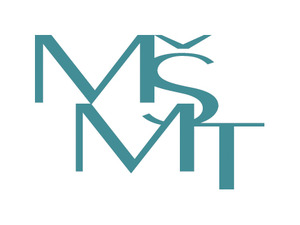 MINISTR ŠKOLSTVÍ KE SPOLUPRÁCI ČR S SÚJV
MINISTR ŠKOLSTVÍ KE SPOLUPRÁCI ČR S SÚJV INTEREST JINR, Wave 6
INTEREST JINR, Wave 6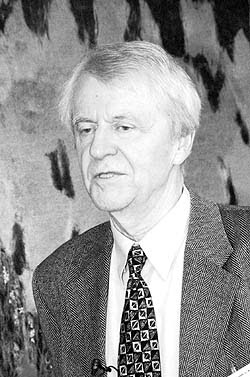 The passing of Ivo Zvára
The passing of Ivo Zvára Call for the projects solved in collaboration with JINR (Projects 3+3)
Call for the projects solved in collaboration with JINR (Projects 3+3)  Call for the Grants of the Plenipotentiary of the Government of the Czech Republic in JINR
Call for the Grants of the Plenipotentiary of the Government of the Czech Republic in JINR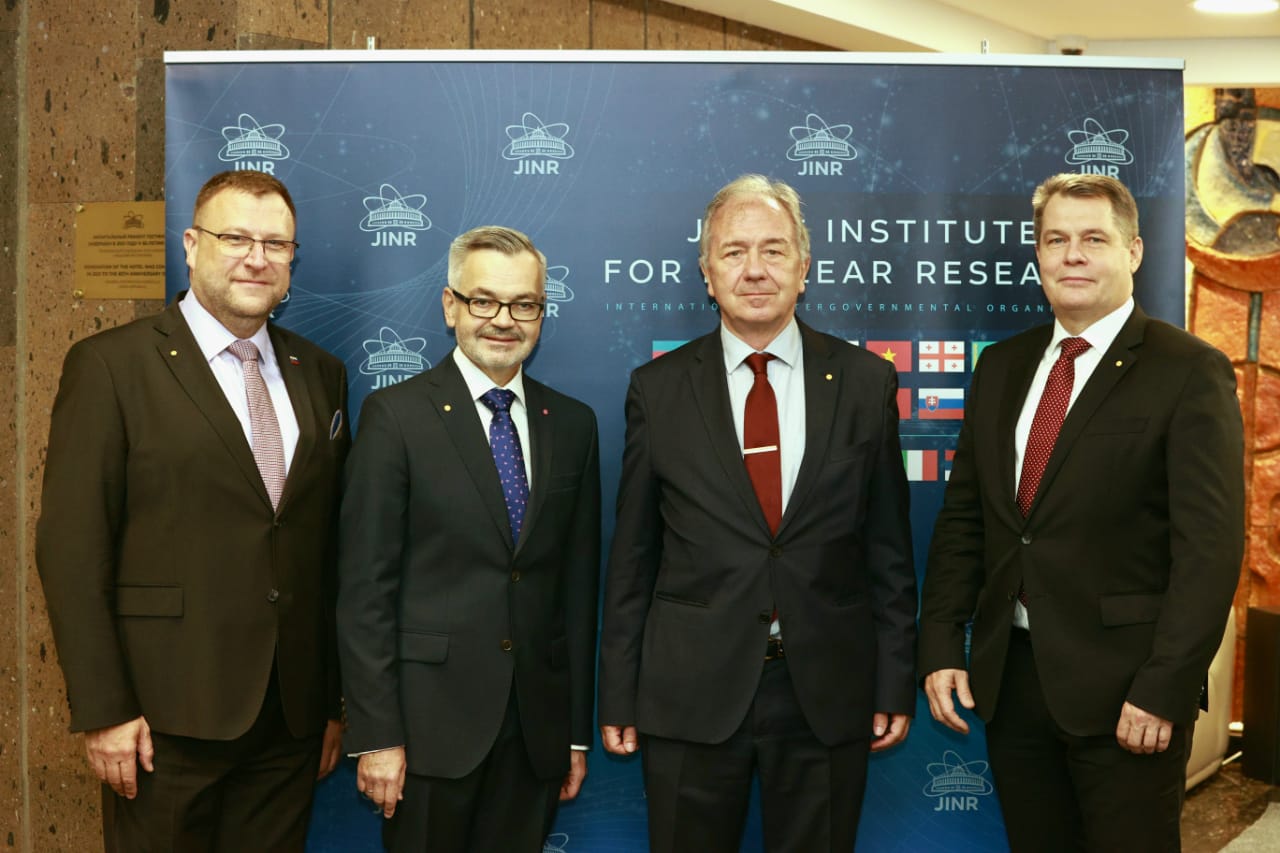 Czech Ambassador in Russia visited JINR
Czech Ambassador in Russia visited JINR INTEREST JINR, Wave 5
INTEREST JINR, Wave 5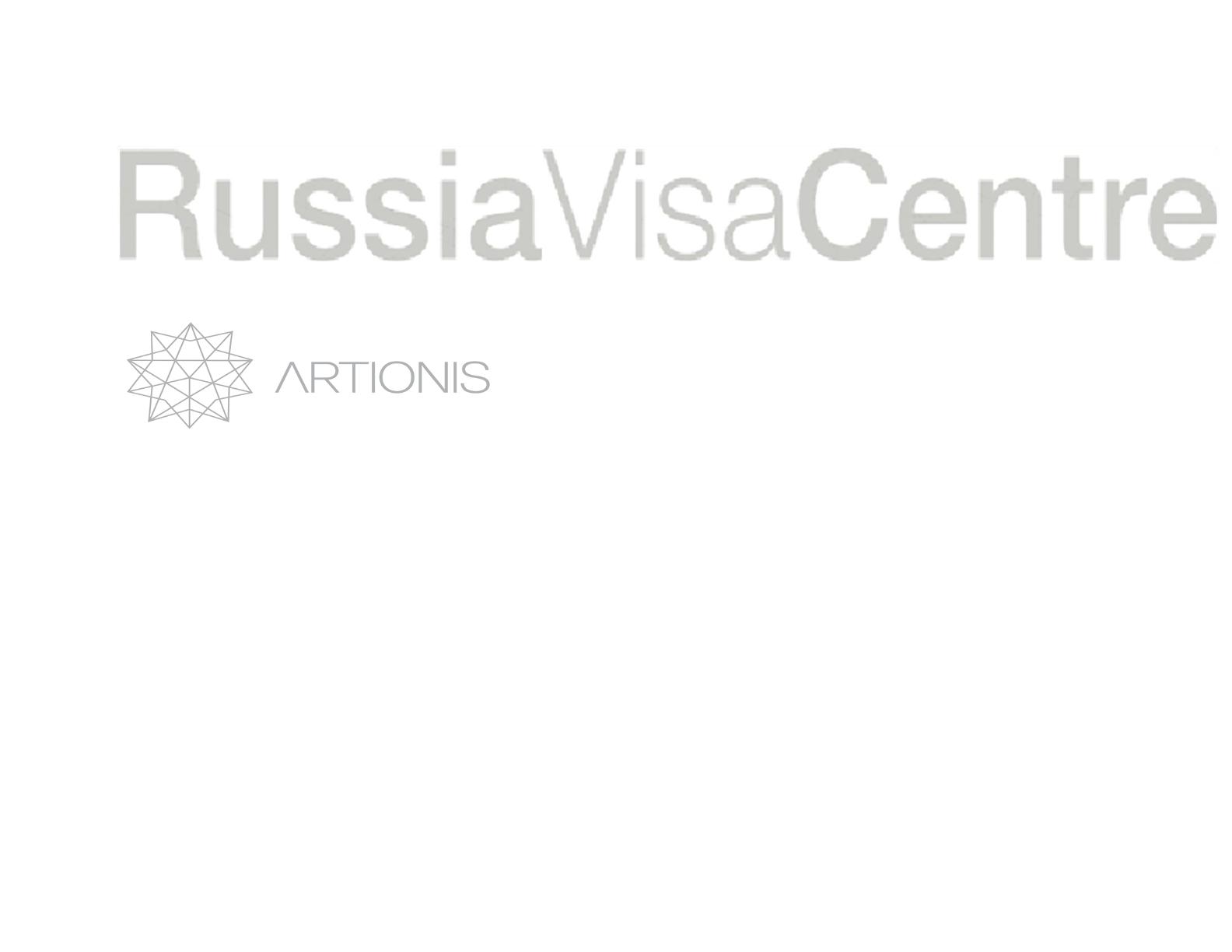 Russia Visa Centre
Russia Visa Centre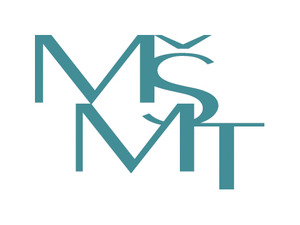 Working Stays CR - JINR 2022
Working Stays CR - JINR 2022